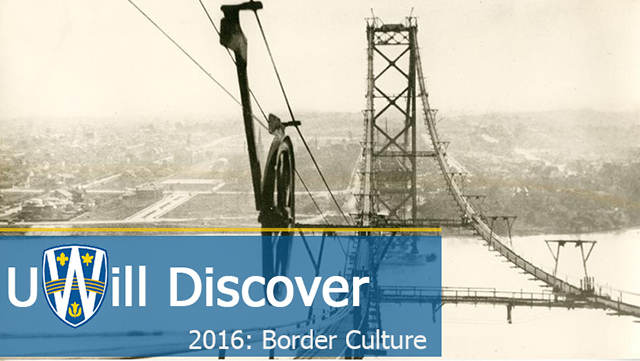
Theatrical Representation of Rape Culture in First Nations Theatre
Type of Proposal
Oral presentation
Faculty
Faculty of Arts, Humanities and Social Sciences
Faculty Sponsor
Dr. Erica Stevens Abbitt
Proposal
My research investigates the question is: Does the gender of First Nations playwrights play a role in the way societal issues are addressed in First Nations Theatre? I wanted to look specifically at the thematic representation of rape culture in First Nations theatre and did so by analyzing the essay of Ric Knowles and the works of First Nations playwrights. Many researchers have looked at the various purposes of putting rape on stage, and the question of whether rape culture is being represented as a metaphor or a violent material practice is debated over. For my research, I looked at the plays of First Nations playwrights, Tomson Highway and Yvette Nolan and compared their works. I examined the way both playwrights write about rape culture and the language they use to describe it. I learned a great deal about how imperative it is to consider perspective when tackling discourse about rape culture among First Nations plays. The most significant knowledge that I gained was the impact of the playwright's gender on the representation of rape. First Nations men who wrote about rape did so to use rape as a metaphor for European colonization. The First Nations women writers I explored had written about rape as a violent material practice predominant in the First Nations community. These two perspectives had changed the way I looked at the representation of rape because it made me realize that First Nations women are oppressed even within their own community. Though I looked at a few playwrights, and this ideology does not encompass the thought process of all First Nations playwrights, it is my hypothesis that most First Nations men playwrights present rape as a metaphor because they are concerned about depicting European control by using another violent practice to describe what that control is like. Whereas for the Female First Nation Playwrights, they may be more vulnerable to understanding what it feels like to experience sexual violence. The divide between the men and the women playwrights suggests there is a divide in understanding regarding the importance of discussing women's value and worth in the First Nation's community. While one group sees the possibility of metaphor, the other group sees the terrible dangers and hardships associated with sexual violence. This addresses the issue that there may be a hierarchial divide within the First Nations community and that too is being presented on stay through the depictions of rape.
Start Date
29-3-2016 8:30 AM
End Date
29-3-2016 9:50 AM
Theatrical Representation of Rape Culture in First Nations Theatre
My research investigates the question is: Does the gender of First Nations playwrights play a role in the way societal issues are addressed in First Nations Theatre? I wanted to look specifically at the thematic representation of rape culture in First Nations theatre and did so by analyzing the essay of Ric Knowles and the works of First Nations playwrights. Many researchers have looked at the various purposes of putting rape on stage, and the question of whether rape culture is being represented as a metaphor or a violent material practice is debated over. For my research, I looked at the plays of First Nations playwrights, Tomson Highway and Yvette Nolan and compared their works. I examined the way both playwrights write about rape culture and the language they use to describe it. I learned a great deal about how imperative it is to consider perspective when tackling discourse about rape culture among First Nations plays. The most significant knowledge that I gained was the impact of the playwright's gender on the representation of rape. First Nations men who wrote about rape did so to use rape as a metaphor for European colonization. The First Nations women writers I explored had written about rape as a violent material practice predominant in the First Nations community. These two perspectives had changed the way I looked at the representation of rape because it made me realize that First Nations women are oppressed even within their own community. Though I looked at a few playwrights, and this ideology does not encompass the thought process of all First Nations playwrights, it is my hypothesis that most First Nations men playwrights present rape as a metaphor because they are concerned about depicting European control by using another violent practice to describe what that control is like. Whereas for the Female First Nation Playwrights, they may be more vulnerable to understanding what it feels like to experience sexual violence. The divide between the men and the women playwrights suggests there is a divide in understanding regarding the importance of discussing women's value and worth in the First Nation's community. While one group sees the possibility of metaphor, the other group sees the terrible dangers and hardships associated with sexual violence. This addresses the issue that there may be a hierarchial divide within the First Nations community and that too is being presented on stay through the depictions of rape.
